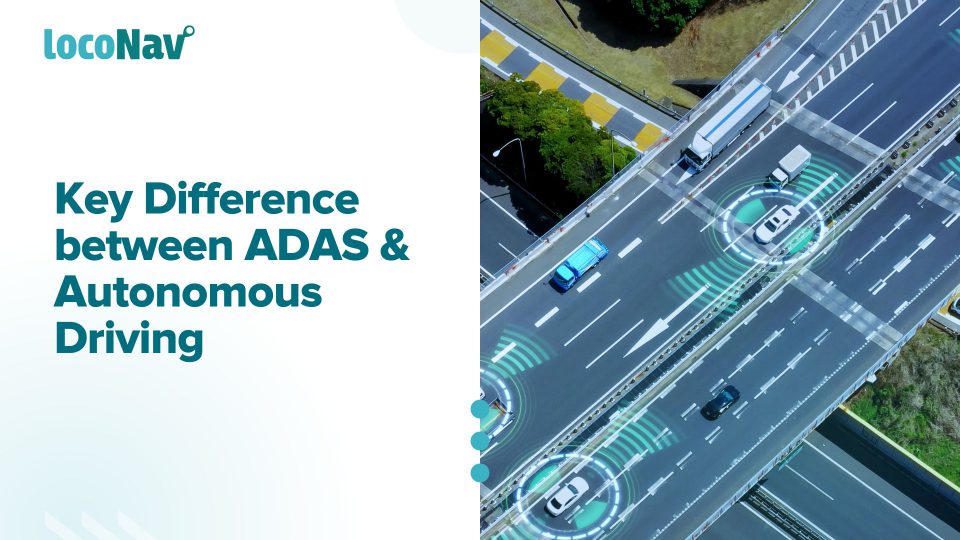

In the realm of automotive technology, two terms frequently emerge in discussions about the future of driving: ADAS (Advanced Driver Assistance Systems) and Autonomous Driving. While both are poised to transform the way we interact with vehicles, they represent distinct stages on the journey towards fully autonomous vehicles. In this blog, we’ll delve into the world of ADAS and Autonomous Driving, breaking down their differences, capabilities, and the road ahead for each technology.
Introduction to ADAS
Advanced Driver Assistance Systems (ADAS) encompasses a wide range of technologies designed to enhance driver safety and convenience. ADAS features are often found in modern vehicles and serve as an advanced co-pilot, offering various levels of support without replacing the need for human drivers. These features are as follows:
While ADAS technologies offer valuable safety and convenience features, they require active driver supervision. They are not designed to enable fully autonomous driving but serve as advanced aids to reduce the risk of accidents and enhance overall driving experience.
What is Autonomous Driving?
On the other hand, Autonomous Driving represents the pinnacle of vehicle automation. It aims to eliminate the need for human intervention altogether, enabling vehicles to navigate and make decisions independently. Autonomous driving technology is classified into several levels, ranging from Level 0 (no automation) to Level 5 (full automation).
Difference between ADAS and Autonomous Driving
The key difference between ADAS and Autonomous Driving is the degree of automation and the requirement for human involvement. While ADAS enhances driver capabilities, autonomous driving technology aims to replace the driver entirely, offering a future where vehicles can operate safely without human input.
|
ADAS |
Autonomous Driving |
|
|
The Future of Mobility
As ADAS and Autonomous Driving technologies continue to evolve, they promise safer, more efficient, and convenient transportation. While ADAS is readily available in many vehicles today, the journey to fully autonomous driving is ongoing. Understanding the distinctions between these technologies is essential as we embark on a transformative era in transportation. The road ahead promises to be both exciting and filled with technological advancements, ultimately reshaping the way we experience mobility.